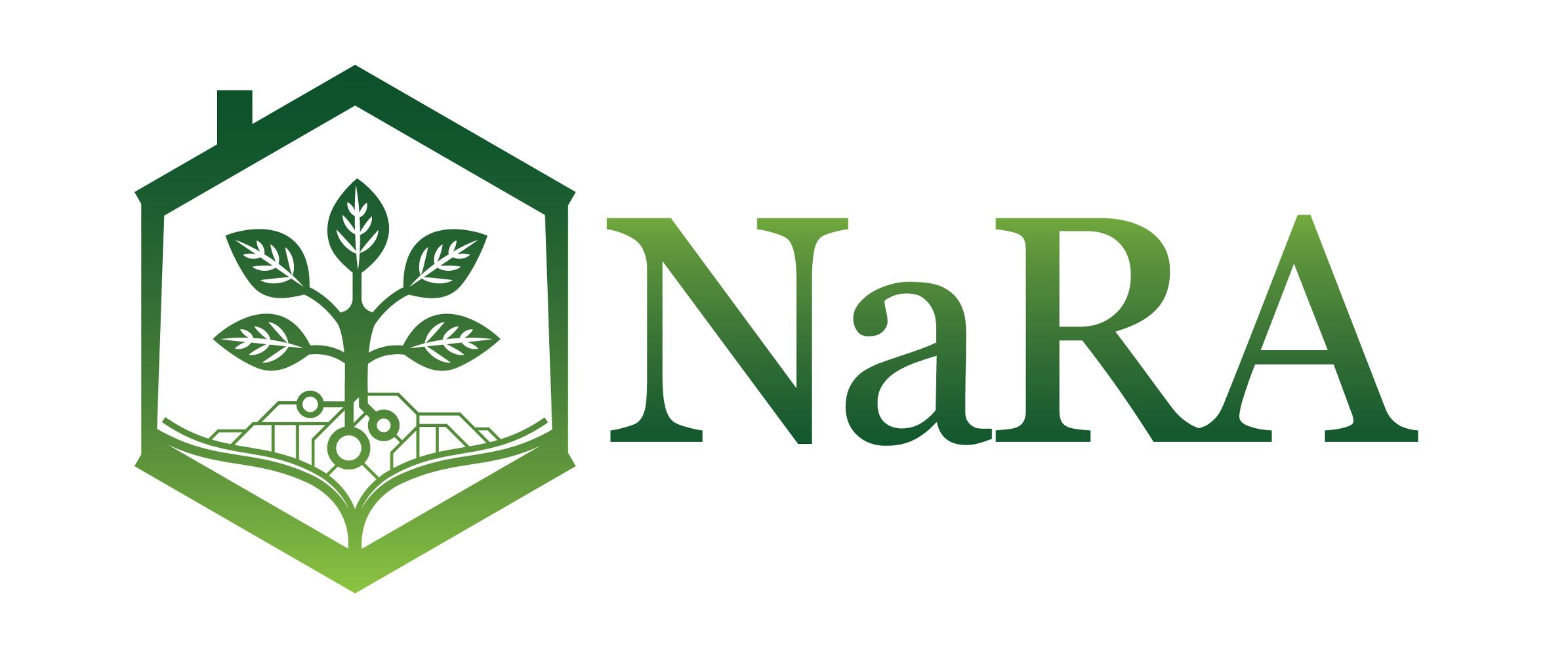Ontogeny Of The Feeding Apparatus Of Hatchery-Reared Salmo Faroides And Salmo Macedonicus During Their Early Stages
Ontogenija usnog aparata salmo faroides and salmo macedonicus gajenih u mrestilištu tokom ranih faza razvitka
| dc.contributor.author | Ristovska, M | |
| dc.contributor.author | Kostov, V | |
| dc.contributor.author | Prelic, D | |
| dc.contributor.author | Janevski, B | |
| dc.contributor.author | Adriaens, D | |
| dc.date.accessioned | 2015-10-12T15:04:12Z | |
| dc.date.available | 2015-10-12T15:04:12Z | |
| dc.identifier.uri | http://arhiva.nara.ac.rs/handle/123456789/985 | |
| dc.description.abstract | Continuing losses of natural production from over harvesting, habitat degradation and disappearance of spawning habitat due to hydroelectric development, irrigation, logging and transportation are increasingly showing the importance of hatchery operations in many countries. Few years ago, the Republic of Macedonia started with captive breeding programs for salmons. This program involves capturing wild fish of species as Salmo faroides and Salmo macedonicus from their native habitats and subsequent culturing the offspring from captive broodstocks which are then stocked into ancestral streams at the juvenile stage. From a practical point of view, the importance of study on how a developing larva copes with the changing functional demands during ontogeny, especially when being reared under artificial conditions, is obvious. Understanding how the locomotor and feeding apparatus is formed during early ontogeny can assist in improving the success of artificial propagation in terms of effective production of high quality juveniles. This would especially be valuable when offspring would be re-introduced into the river ecosystem. On the other hand knowledge on the ontogeny of fishes, especially for the early development of the skeletal system, provides information that can also be useful for solving some taxonomic problems and unravel phylogenetic relationships. For example, it is well known that morphological variation is commonly observed in salmonids. These fishes often form reproductively isolated populations across a diversity of environments and exhibit high levels of phenotypic variation. The final form of a phenotype and its life history are determined during early ontogeny. To better understand the relationship between morphology and ecology studies on the effect on environmentally induced variation in early life stage development within a single species, or study differences in the effect of a single environment in closely related species. Among the Salmo species that are present in the Balkan Peninsula, there is a high level of phenotypic variability, where also phenotypic plasticity is problematic for demarcate species boundaries between previously defined salmon species. Molecular data have confirmed the existence of previously defined species but several nominal species and populations of Balkan trout still remain unresolved. Still, understanding patterns of phenotypic variation that underlies molecular affinities remains essential. Within this context, we analysed the ontogeny of the skeletal system in Salmo faroides and Salmo macedonicus, two species of a still uncertain taxonomic status, reared under controlled condition. We wanted to test to what degree ontogeny of these closely related species is similar. In this study we focus on the early development of the feeding apparatus, from hatching till beginning of the exogenous feeding | en |
| dc.subject | Salmo faroides | sr |
| dc.subject | Salmo macedonicus | sr |
| dc.subject | ontogeny | en |
| dc.subject | feeding apparatus | en |
| dc.title | Ontogeny Of The Feeding Apparatus Of Hatchery-Reared Salmo Faroides And Salmo Macedonicus During Their Early Stages | en |
| dc.title.alternative | Ontogenija usnog aparata salmo faroides and salmo macedonicus gajenih u mrestilištu tokom ranih faza razvitka | sr |
Files in this item
This item appears in the following Collection(s)
-
5. International Conference “Aquaculture & Fishery” Faculty of Agriculture, Belgrade-Zemun, Serbia, June, 1 - 3. 2011.
http://www.cefah.agrif.bg.ac.rs/konferencija/konferencija.html



